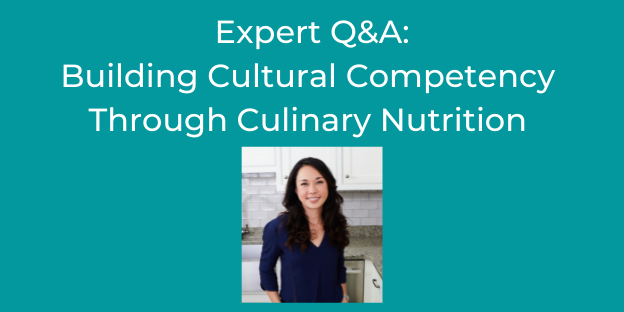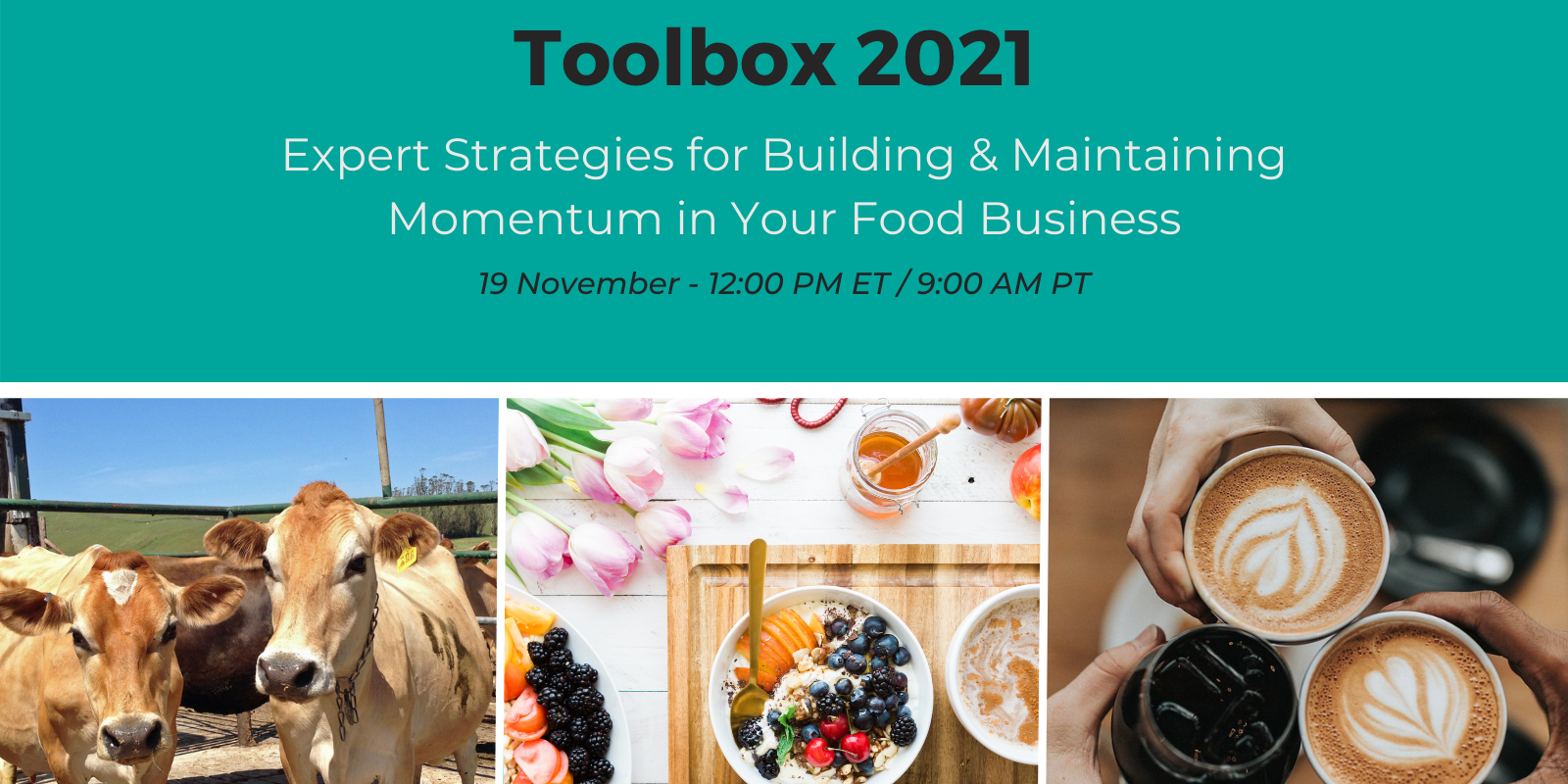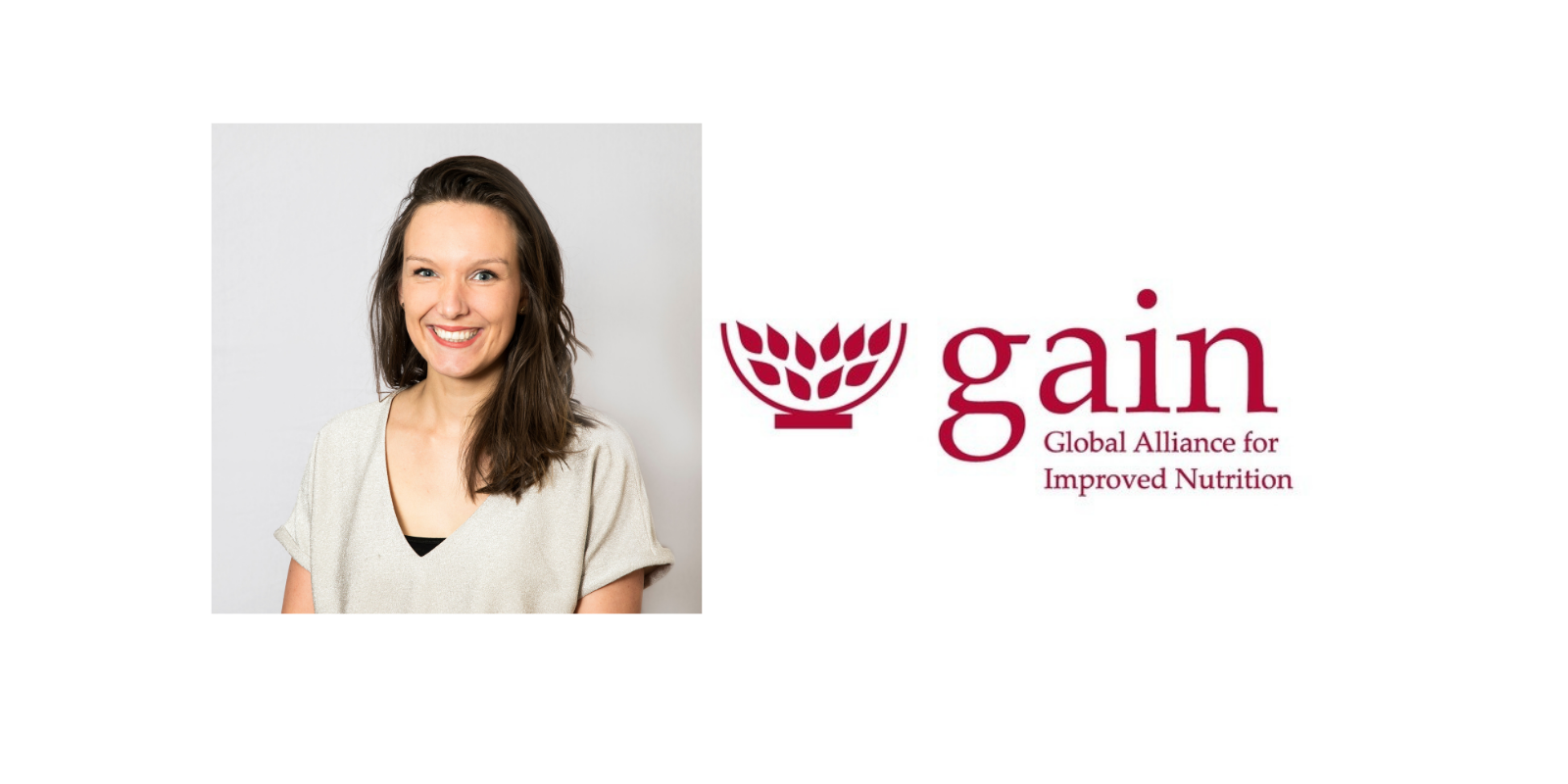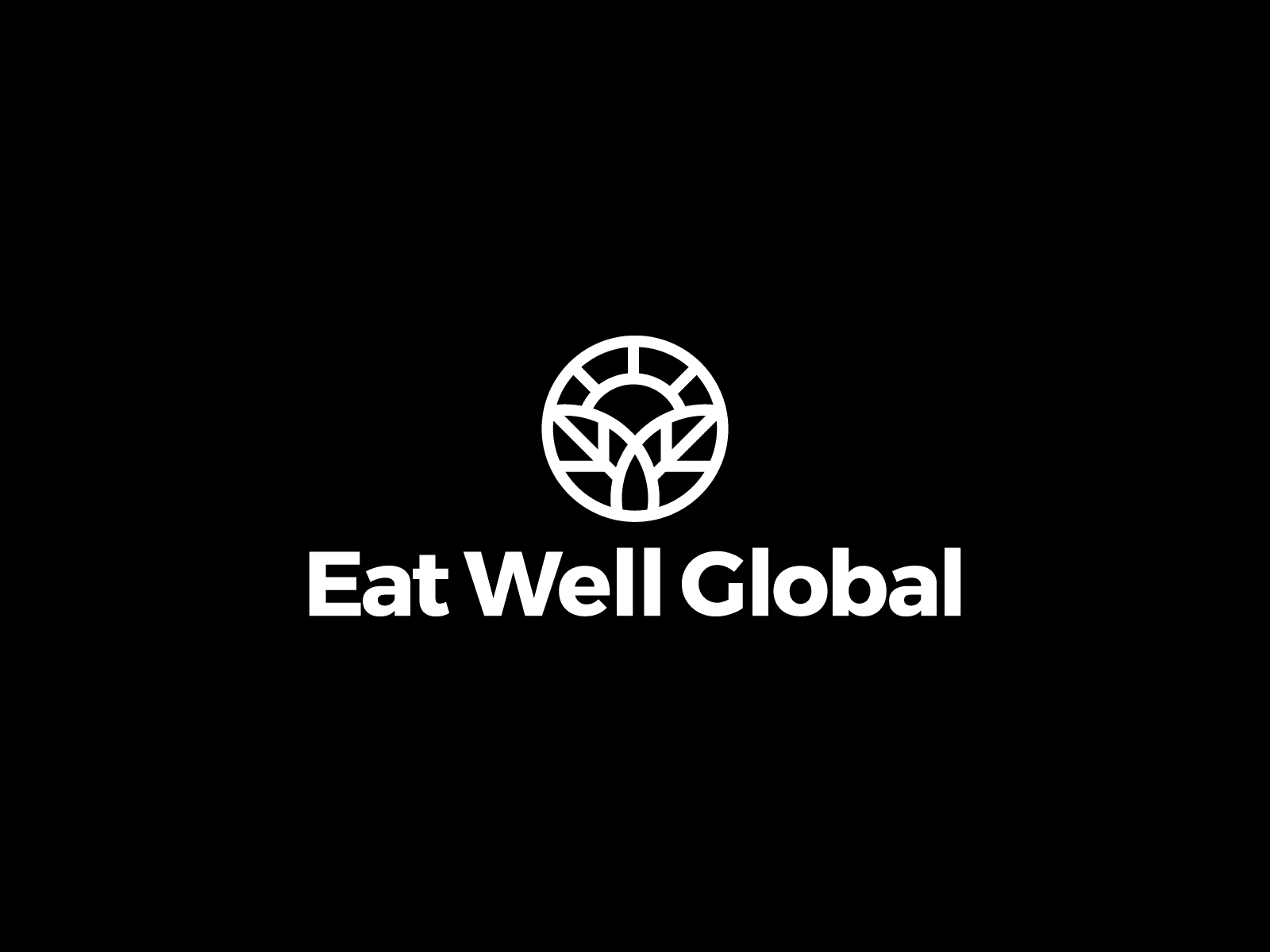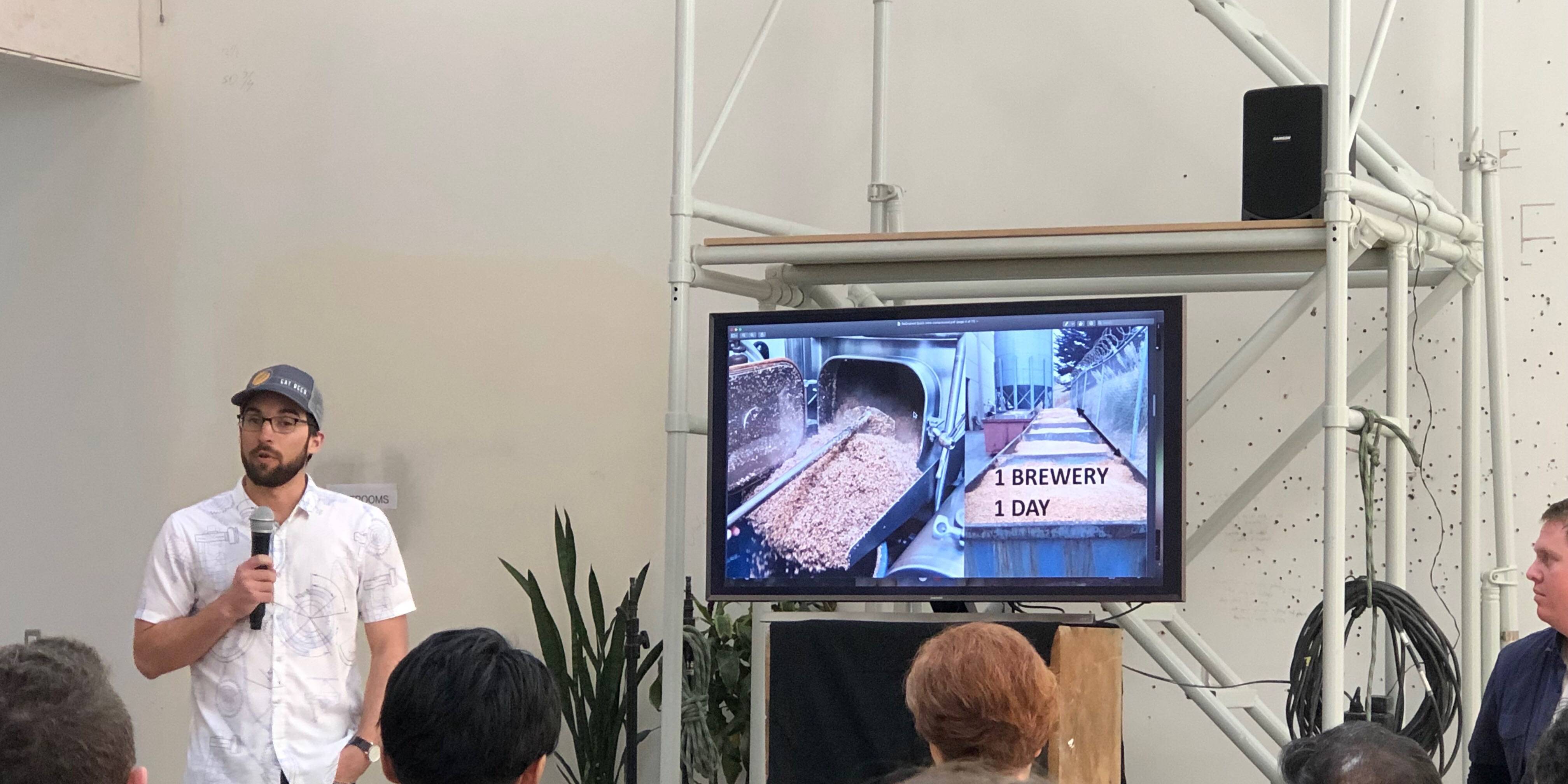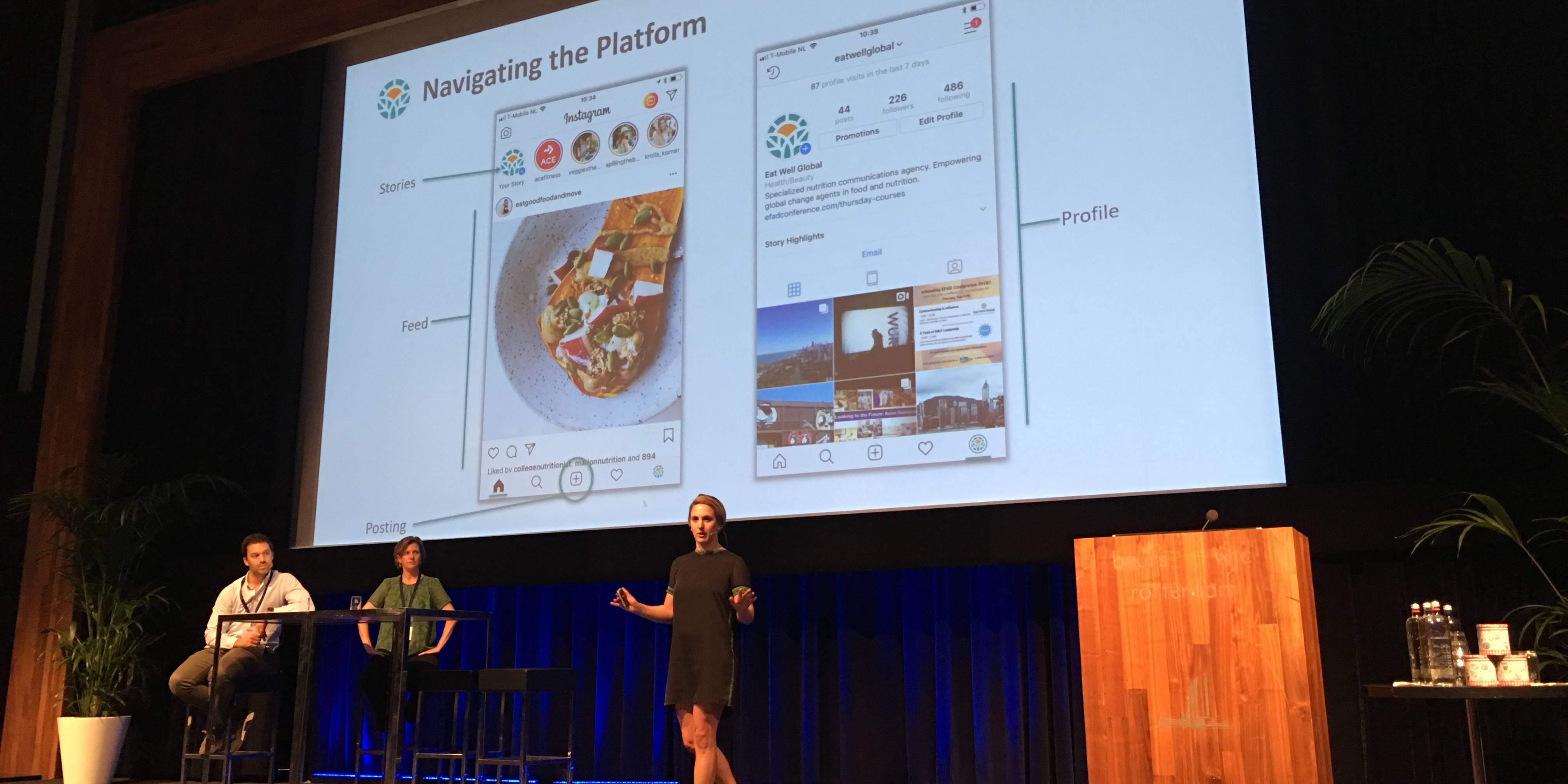According to a recent survey conducted by the International Food Information Council (IFIC), consumers consider health professionals and registered dietitian nutritionists the top trusted sources of information about which foods to eat and avoid during the ongoing COVID- global crisis. Consumers are also changing their food purchasing behaviors and evaluating food choices with a more healthful lens.
We recently connected with three dietitians following unique career paths within the global nutrition and dietetics industry – Maeve Hanan, RD of Dietetically Speaking; Marissa Thiry, MS, RD of Taco Bell; and Samantha Cassetty, MS, RD of Samantha Cassetty Nutrition & Wellness, LLC – to hear how COVID-19 has impacted their work as dietitians, shifts they are seeing in consumers’ needs and their thoughts on where the nutrition profession will go from here.
Maeve: The biggest change for me has been moving all of my in-person nutrition clients over to telehealth consultations. This took a bit of work in the beginning, but it is luckily all running smoothly now. Due to the sudden need for nutrition professionals to work from home, I also fast-tracked a project I had been planning to launch called Nutrimote (nutrimote.com and the Nutrimote group on Facebook) — this is a hub of information and support for remote nutrition professionals or those who want to work remotely. Other parts of my work haven’t changed, as I was already working on nutrition agency projects, creating social media content and writing a short book from home.
Marissa: Like many others, COVID-19 has brought new opportunities to work from home in a creative way. As a product developer, it has been an interesting and exciting challenge to develop menu items from my own kitchen, rather than the Taco Bell Test Kitchen. This has resulted in many trips through the drive-thru for different ingredients or menu items and lots of samples shipped to my home. It’s been a fun change of pace and brought new waves of creativity to light! The demands of the business have shifted as well, which has presented new work streams for our Global Nutrition & Sustainability Team around topics such as food insecurity and donations. It has been eye-opening to be exposed to this side of nutrition and I’m grateful for the opportunity to help those experiencing food insecurity right now.
Samantha: The scope of my work—advising brands and representing them with the media, writing for TODAY.com and an upcoming book, leading corporate workshops, and seeing clients virtually—hasn’t changed at all, but the focus has changed on many fronts. People’s eating and lifestyle habits have shifted so most of my content addresses this in some fashion. Another big change I’ve seen is how brands have met this moment. They need to be sensitive to this climate and that’s meant a shift in outreach or messaging. Plus, with all the changes in work environments, certain traditional outreach methods, such as media desk sides and events, have had to move to virtual settings. Since this is such a novel situation, it’s important to be able to pivot as new information and new mandates come out.
Have your communications with the consumers you work with changed? Also, have you noticed a change in the topics consumers are most interested in right now?
Maeve: I am now mainly communicating with clients via email, phone call or video call, whereas I used to see some of my clients face to face. For those who need additional support related to eating disorder recovery, I have also started using an app called Recovery Record as an extra way to support these clients remotely in-between telehealth appointments. The topics we discuss have been impacted by the pandemic, for example, discussions related to food availability, alcohol intake and emotional eating have been more prominent.
Marissa: With conferences and other networking events cancelled for the foreseeable future, we’ve been thinking creatively about how best to communicate with our nutrition stakeholder network, the Food for All Fam. That’s why a couple months ago, we launched a Zoom mini series, Take 20 with Taco Bell, as an opportunity for engagement with our members while we’re all spending a bit more time at home. Each 20-minute episode features a member of the network or a Taco Bell employee showcasing a unique skill, or chatting about a relevant topic for the group. It has introduced us to virtual networking and become a welcomed bit of socializing during the week while social distancing is in place.
We’ve also noticed a shift in consumer priorities. Consumers are focusing on value products and comfort food more than ever, but most importantly, they want to know that their food is safe. We have shifted our marketing to meet people where they are at and focus on communicating how we are delivering safe and delicious food during this time. We will always be an innovative brand, but what consumers want right now is comfort and safety at a value.
Samantha: There’s been a definite shift in the topics consumers are interested in. For the most part, people want to know how to fend off illness, whether that’s eating better to bolster the immune system or to reduce the risk of chronic diseases that make serious illness from COVID-19 more likely. People are cooking more and eating more processed foods, so I’m addressing these types of scenarios in my columns. These are just a few examples, but right now, most of the content that people are searching for relates to COVID-19. Prior to COVID-19, a fun article might’ve focused on the healthiest foods to buy at Trader Joe’s, but now, people are struggling on so many levels that I’m really trying to help them get through this situation as healthfully and sanely as possible.
What do see as being the long-term impacts of COVID-19 for the nutrition profession?
Maeve: I think a lot of nutrition professionals now feel more comfortable with providing telehealth services and accessing online CPD resources. Similarly, there may be increased opportunities for nutrition professionals to work remotely.
Marissa: While COVID-19 may have forced an expedited adoption of some technology, like telehealth, virtual networking, and contactless ordering and pickup, I think digital advancements will certainly be here for the long haul. When the stay at home orders are lifted we can expect to see some things return to the ‘old ways’, but technology advancements that took place likely won’t be one of them. As a nutrition professional, staying abreast of the latest technology and how consumers are using it is vital. It’s so much more than social media now. Technology is rapidly becoming integrated into the entire food system, business and healthcare sectors, and nutrition landscape across the board. Understanding how to navigate restaurant and wellness mobile apps, telehealth platforms, and zoom meetings, both from a consumer and practitioner perspective, is more important than ever. And before you get too overwhelmed with the idea of tackling all technology has to offer – take a deep breath! I’m not suggesting that everyone needs to learn HTML basics or start a virtual private practice. But, I am suggesting that you order your next meal from an app and give contactless payment and delivery a try. Set up a zoom call with family if you haven’t already and upload a new background. Familiarize yourself with technology by using it first-hand, if only for a trial run.
I also think that we’ll see more of an emphasis on overall wellness coming out of COVID-19. While it’s still a bit unclear what that means (good night sleep, eating more plant-based, connecting with friends and family more frequently, exercising regularly, etc.), I do think there will be an appetite for maintaining a level of wellness and balance returning to the ‘new normal’. Many people have had the opportunity to focus on wellness more during the stay at home orders, and others may be wishing they had more of an opportunity to do so. While comfort food certainly is front and center right now, I think holistic wellness and mindful choices may be more prevalent long-term.
Samantha: About 80% of health problems in this country stem from an unhealthy diet and COVID-19 has brought to light the fact these problems worsen health outcomes. As nutrition professionals, we have a huge role to play in helping people offset these problems by adopting healthier eating habits. I’m hoping that as we move through different stages of this crisis, that ultimately nutrition becomes part of the conversation of how to protect ourselves. There have also been changes to people’s eating patterns, both for better and worse. People are cooking more, but also eating more processed foods and less healthful comfort foods. I’d expect some quarantine habits to continue for a while. Making your own bread might not be sustainable for the long-haul, but if you’ve traded down to a generic brand, for instance, that will probably stick.
What positives have come to light during this situation?
Maeve: Beyond nutrition specifically, some of the environmental benefits related to reduced emissions are really positive to see. It has also been lovely to see how many people have been volunteering and doing what they can to help others during this difficult time. I have also seen a lot of people benefit in terms of their work-life balance now that they don’t have to commute or travel for work. Another positive has been the new perspective we have gained, so I hope we will really appreciate things like being able to meet up with friends, hugs and going for a meal (etc.) once the situation has improved. As discussed above, I hope this will lead to more opportunities for remote and flexible working in the longer-term.
Marissa: A silver lining through all of this is certainly that people are enjoying more family meals. We’ve noticed that when people come through our drive-thru, they are ordering multiple menu items for larger groups, rather than grabbing something for themselves between meetings. There has also been some really fun ways that brands are interacting with consumers to help facilitate those family meals. Right before Cinco de Mayo, we launched our At Home Taco Bar, which included all the ingredients to make Taco Bell tacos and nachos at home for up to six people. We want to encourage togetherness where it makes sense, but in a safe and fun way.
Samantha: I love the creativity that has come out of this pandemic. I’m also a fan of slowing down and remembering that our health and the health of our loved ones are really the most important things!
Related News
June 30, 2025
Health-Conscious Consumer Segmentation Report
Get actionable insights to meaningfully engage today’s diverse health-conscious consumers — and better align your brand’s communication and…
January 25, 2021
Eat Well Connect Voices: Tessa Nguyen
In this latest installment of our Eat Well Connect Voices Q&A, Tessa Nguyen, RD, LDN, of Taste Nutrition Consulting shared her thoughts on what…
November 27, 2020
The Conference Discussing the Future of Food, Drink and Nutrition Goes Virtual
This October, Food Matters Live held its first virtual conference. The conference focused on identifying opportunities in a changing consumer-driven…
November 19, 2020
Partner Highlights: Global Alliance for Improved Nutrition
In the global fight against hunger and malnutrition, few organizations are as impactful as the Global Alliance for Improved Nutrition (GAIN). Since…
November 18, 2020
Eat Well Connect Voices: EatWell Exchange
In this latest Eat Well Connect Voices Q&A, Ashley Carter, RD, LDN and Jasmine Westbrooks, MS, RD, LDN of EatWell Exchange Inc. share their…
October 12, 2020
Next Normal: Optimal Nutrition for a Pandemic Reality
The COVID-19 pandemic has had a profound impact on us all, and the food, nutrition and healthcare industries are no exception. While nutrition…
October 1, 2020
Maintaining Sustainability Commitments While Protecting Profits
Earlier this month, I had the opportunity to present at the 2020 Vitafoods Europe Virtual Expo and discuss how consumer packaged goods companies can…
September 20, 2020
Eat Well Connect Voices: Shahzadi Devje, RD
We're thrilled to connect with Eat Well Connect (EWC) member Shahzadi Devje, RD as she shares her thoughts on using nutrition communication as a tool…
June 4, 2020
Impactful Communication: Meaningful Messages to Inspire Change
Do you want to be more impactful in your work as a dietitian or nutrition professional? Learning to effectively build a message and communicate it to…
May 19, 2020
Putting Nutrition to Work: Acting on Our Vision that Good Nutrition is Good Business
Workforce nutrition programs offer benefits for employees as well as businesses, such as reduced absenteeism, increased productivity and improved…
September 18, 2019
Exploring the Ongoing Evolution of Food, Sustainability and Nutrition at The Future of Food Summit
As Eat Well Global further establishes its unique position empowering global change agents in our field, we actively seek more perspectives and…
August 7, 2019
Climate, Culture & Economics: Expanding our Nutrition Perspective at the Asian Congress of Nutrition
Hosted by the Federation of Asian Nutrition Societies (FANS) every four years, the Asian Congress of Nutrition is Asia’s prime convening of food and…
June 23, 2019
Marrying Medicine and Nutrition: Health Meets Food Conference
Hosted by the Tulane University School of Medicine, Health Meets Food’s 6th annual Culinary Medicine conference brought together primarily physicians…
April 25, 2019
The Power of Pairing, Partnerships and Produce at PBH Consumer Connection Summit
Launching a fresh new campaign, “Have a Plant”, PBH connected consumers’ increasing interest with adding more plants to their diet to their ongoing…
April 15, 2019
Accelerating Healthier Futures Together
Over the years, we’ve seen Partnership for a Healthier America (PHA) embark on new initiatives, bringing along their star-studded friends to amplify…
April 8, 2019
The 2nd Annual Culinary Nutrition Conference
Chefs and nutrition professionals came together for the 2nd Annual Culinary Nutrition Conference this month at the Institute of Culinary Education…
April 3, 2019
Internet of Food Brought to Life at IC-Foods 2019
When the concept of the “Internet of Food” comes up, people often ask, “don’t we already have an internet? And can’t you find food there?” The…
March 22, 2019
The Chicago Council on Global Affairs: Global Food Security Symposium 2019
For the past 10 years, The Chicago Council on Global Affairs has been convening key stakeholders from the public, private and NGO sectors at their…
February 28, 2019
The Evolving Regulatory and Marketing Landscape of Lab-Grown Meat
Cell-cultured meat, also known as lab-grown meat or clean meat, is generated through a complex process using cells from healthy animals and combining…
December 20, 2018
Eat Well Global Proudly Announces B Corp Certification
We are excited to announce Eat Well Global is now officially B CorpTM certified!
December 12, 2018
PRESS RELEASE: Eat Well Global Joins Corporate Leaders in Social Responsibility with Recent B Corporation® Certification
Certified B Corporations® include businesses that voluntarily meet the highest standards of social and environmental performance, public…
November 7, 2018
PRESS RELEASE: Healthy Marketing Team and Eat Well Global join forces to help industry address rapidly changing consumer nutrition market in North America
The international brand strategy and nutrition innovation agency, Healthy Marketing Team (HMT), announce their cooperation with Eat Well Global, Inc…
October 25, 2018
Eat Well Global Brings Nutrition Communication to the Forefront at EFAD 2018
Eat Well Global participated in the 40th Anniversary European Federation of the Associations of Dietitians conference in Rotterdam, the Netherlands.…
September 6, 2018
“Nutrition is Everyone’s Business”: Insights from the SDG Conference – Partnerships are Critical to Ending Hunger
This August, Eat Well Global attended the SDG-Conference ‘Towards Zero Hunger: Partnerships for Impact’ at Wageningen University & Research in the…
August 20, 2018
Communicating to Influence at EFAD Conference 2018
For dietitians, the ability to communicate effectively is an essential skill. Whether working in a hospital, school, food company or even your own…
May 11, 2018
Partnership for a Healthier America Summit Brings 360 Degree View of Better Health
The 2018 PHA Summit brought together diverse stakeholders to support their mission: make the healthy choice, the easy choice.
March 14, 2018
Food Tank 2018 Highlights Need for Farmer Support
At the recent Food Tank Summit in Washington, D.C., farmers, senators, members of Congress, nonprofit and business leaders, media, and young…
November 22, 2017
Dubai International Food Safety Conference Brings Big Data to the Plate
Technology and food safety were the name of the game at the 11th Annual Dubai International Food Safety Conference, which took place November 19-21,…
June 15, 2017
Harvesting Insights from the Next Generation of Food Security Innovators: Thought For Food Global Summit 2017
Have you ever heard of choco-panda ice cream? Me neither. How about a superhero on a mission to teach kids about nutrition and food security? If…
May 9, 2017
Eat Well Global on Influencer Trust at Food Vision Asia
It is no news: achieving a healthy lifestyle is top of mind for millions of people around the globe and social media plays a big role in driving…
March 17, 2017
Eat Well Global Talks Authenticity in Food Navigator Interview
With an apparent rise in distrust of science and facts coupled with an increase in social media marketing, there has been a shift in consumer…
March 14, 2017
Eat Well Global at Food Vision in London!
Trend makers, marketing and communication specialists and industry leaders gathered at the Food Vision event in London, from 1-3 March. Among the…
January 26, 2017
Eat Well Global addresses health influencers & brand power in Food Navigator article
In times where consumer demand for transparency and authenticity intersect with fast pace influencer marketing, reaching consumers through trusted…
January 17, 2017
Eat Well Global talks 2017 global food trends on Food Navigator-USA’s Podcast
To kick off 2017, Julie Meyer, co-founder of Eat Well Global and GA4HNC, participated in two episodes of Food Navigator-USA's Soup-to-Nuts-Podcast.
January 2, 2017
Convenient, Committed and Cool: 2016 NY Produce Show Review
Today's consumer seeks more from their produce and industry is delivering
December 20, 2016
The American Public’s Opinion on Food Science
A recent survey by the Pew Research Center asked Americans about their opinions regarding the science behind food and health recommendations and…
December 12, 2016
What Americans Think About Healthy Eating
With impending changes in the political climate, many people have been asking what this means for the future of food policy.
November 22, 2016
Food Vision USA: Innovation, Disruption and What’s Next
Leaders from start-ups to trend makers to innovative disruptors share their thoughts on the big question: what's next?
November 14, 2016
Want people to eat more fruits and vegetables? Inspire them.
As a nutritionist, I love this statement. As a communicator, I couldn’t agree more.
October 5, 2016
ICD 2016: How Dietitians Can Impact Sustainable Eating
What role can (and should) dietitians play in the sustainability dialogue? We went to Granada to find out!
August 17, 2016
The Future Is Now: New Harvest 2016
Several hundred (309 to be specific) researchers, entrepreneurs, visionaries, futurists and interested parties gathered under sunny skies in San…






